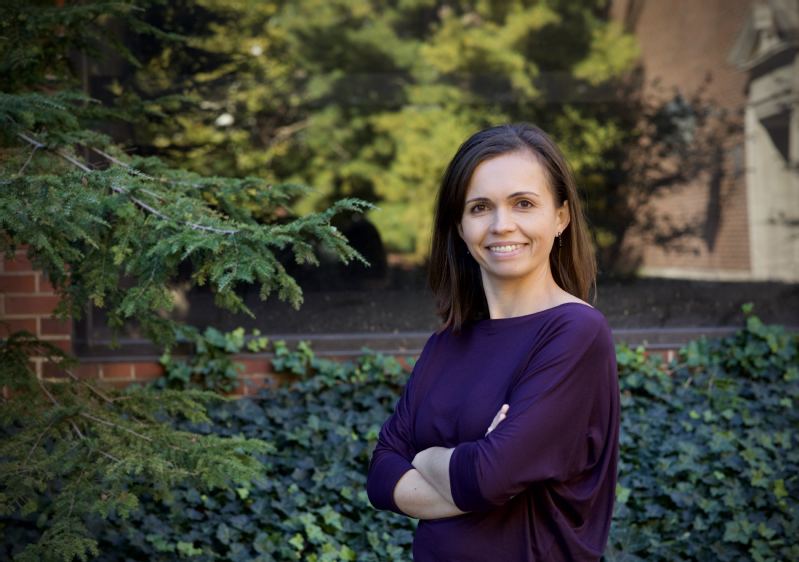
题目: Pollution and Mortality in the United States: Evidence from 1972-1988
主讲人: Tatyana Deryugina, University of Illinois at Urbana-Chanpaign
时间: 19: 00 – 20:30 (Beijing Time), 10 May, 2021
方式:线上讲座

主讲人介绍:
Tatyana Deryugina is an Associate Professor of Finance at the University of Illinois. Her research agenda focuses on environmental risk. She has studied the economic costs of both natural and man-made environmental shocks, including hurricanes, climate change, hazardous substance spills, and air pollution. Her work includes evaluating the impacts of Hurricane Katrina on the long-run labor market outcomes and survival of residents of New Orleans; estimating the social costs of acute air pollution exposure; and assessing the effect of temperature on the U.S. economy. She has also investigated how farmers adjust their crop insurance choices in anticipation of disaster assistance, how scientific opinions affect laypersons’ beliefs about climate change, and how building energy codes and electricity prices affect energy consumption.
Tatyana Deryugina is a co-editor at the Journal of the Association of Environmental and Resource Economists (JAERE) and at Environmental and Energy Policy and the Economy. She also serves on the board of editors of AEJ: Policy. She is affiliated with the National Bureau of Economic Research, the Institute for the Study of Labor (IZA), the E2e Project, and the CESifo Research Network.
Professor Deryugina holds a PhD in Economics from MIT, a BA in Applied Mathematics from UC Berkeley, and a BS in Environmental Economics and Policy from UC Berkeley.
Abstract:
We estimate the effects of sulfur dioxide (SO2) exposure on short- and long-run mortality in the US over the period 1972--1988. Using wind direction as an instrument for changes in daily SO2 levels, we estimate that a one-day, one part-per-billion increase in SO2 raises all-age mortality by 0.18 deaths per million over the next four weeks. This immediate mortality increase is concentrated among the elderly. We then calibrate a dynamic production model of health using our short-run estimates. The model suggests that the 1972--1988 reductions in SO2 can explain a meaningful share of the observed mortality decline over this time period.
报名二维码:
